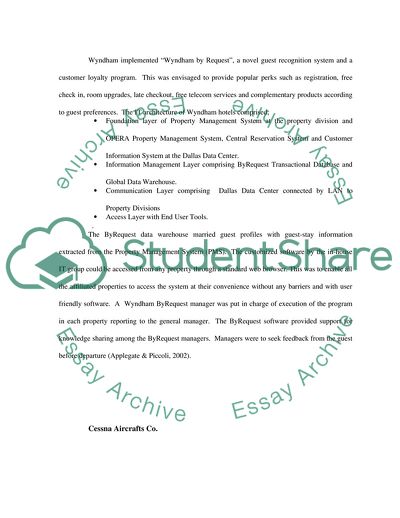Cite this document
(What Are the Contributions of Information Technology to Business Coursework, n.d.)
What Are the Contributions of Information Technology to Business Coursework. Retrieved from https://studentshare.org/information-technology/1728559-management-information-systems-what-are-the-contributions-of-information-technology-to-business
What Are the Contributions of Information Technology to Business Coursework. Retrieved from https://studentshare.org/information-technology/1728559-management-information-systems-what-are-the-contributions-of-information-technology-to-business
(What Are the Contributions of Information Technology to Business Coursework)
What Are the Contributions of Information Technology to Business Coursework. https://studentshare.org/information-technology/1728559-management-information-systems-what-are-the-contributions-of-information-technology-to-business.
What Are the Contributions of Information Technology to Business Coursework. https://studentshare.org/information-technology/1728559-management-information-systems-what-are-the-contributions-of-information-technology-to-business.
“What Are the Contributions of Information Technology to Business Coursework”. https://studentshare.org/information-technology/1728559-management-information-systems-what-are-the-contributions-of-information-technology-to-business.


